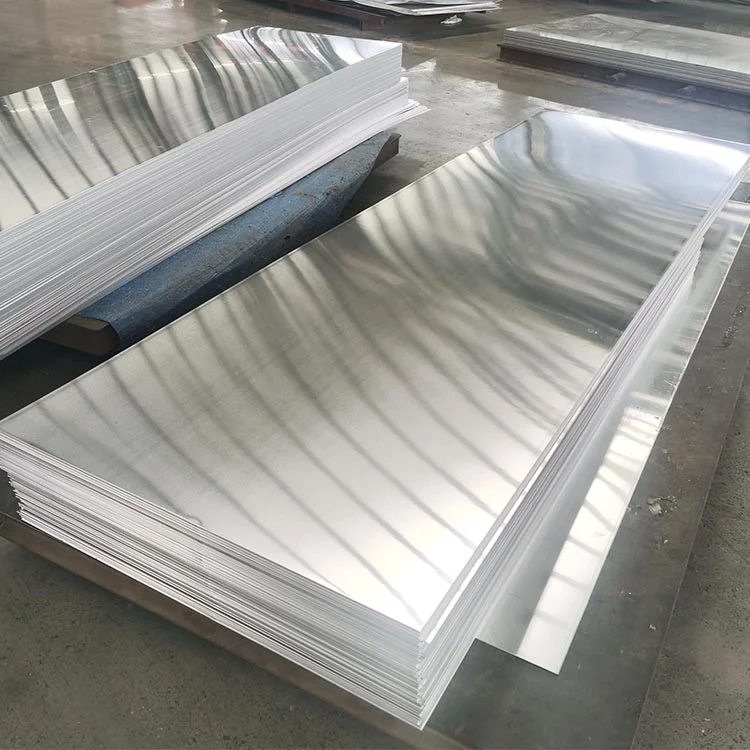[ad_1]
The Hidden Danger: Why Using Aluminum Foil in Your Dryer Could Be Putting Your Home at Risk
In our modern society, convenience and efficiency play a significant role in our everyday lives. From our smartphones to our kitchen appliances, we constantly seek ways to simplify our routines. One such routine is doing laundry, and the clothes dryer has become an indispensable companion in this regard. However, a dangerous trend has emerged in recent years that could be putting our homes at risk – the use of aluminum foil in dryers.
Frequently touted as a hack for faster drying times, aluminum foil is often used by homeowners to line the inside of their dryers. The idea behind this practice is that the foil acts as a heat reflector, directing the heat into the clothes and thus speeding up the drying process. While it may seem like a harmless solution, there are hidden dangers associated with this practice that are crucial to understand.
First and foremost, the use of aluminum foil in dryers can pose a serious fire hazard. Dryers generate a significant amount of heat during their cycles, and any blockage or restriction of airflow can lead to overheating. When aluminum foil is placed on the interior surfaces of the dryer, it can trap heat and prevent proper ventilation. This heat buildup poses a risk of igniting lint, which is highly flammable. A small spark or ember is all it takes to start a devastating fire that can rapidly engulf a home.
Furthermore, aluminum foil is a conductor of electricity, and wrapping it around the exterior of a dryer can potentially pose an electrocution hazard. Dryers rely on electrical connections to function, and any break in the insulation caused by the foil increases the risk of electrical shock. It is essential to remember that electricity and moisture are a deadly combination, and compromising the dryer’s electrical safety can have dire consequences.
Not only does the use of aluminum foil in dryers pose fire and electrocution risks, but it can also lead to reduced dryer performance and potential damage. Dryers are designed to circulate hot air through the drum to efficiently dry clothes. When aluminum foil is present, it disrupts this airflow, resulting in longer drying times and increased energy consumption. Additionally, the foil can easily tear, creating sharp edges that can damage the clothes or even become lodged in the dryer’s mechanisms, further compromising its functionality.
SSS:
Q: Can I use any alternative to aluminum foil to speed up drying times?
A: While aluminum foil is not recommended, you can use clean and dry tennis balls or dryer balls to help fluff and separate clothes, thus reducing drying times.
Q: How can I prevent lint buildup in my dryer without using aluminum foil?
A: Regular maintenance is key to preventing lint buildup. Clean the dryer lint trap after each load, and periodically vacuum or brush any lint that may accumulate in the dryer vent. Consider having a professional inspect and clean your dryer vent annually to ensure optimal safety and performance.
Q: Are there any safe alternatives to using aluminum foil in a dryer?
A: Yes, there are various alternative methods to improve drying efficiency. Ensuring proper dryer vent installation, using dryer vent boosters, and avoiding overloading the dryer’s drum are all effective and safe ways to enhance drying performance.
In conclusion, the use of aluminum foil in dryers may be a tempting solution for faster drying times, but it poses significant dangers to the safety of your home. The risk of fire, electrocution, reduced performance, and potential damage far outweigh any potential benefits. It is crucial to prioritize safety and follow manufacturer guidelines to ensure your dryer operates optimally, reducing the risk of accidents and promoting a secure home environment.
[ad_2]


